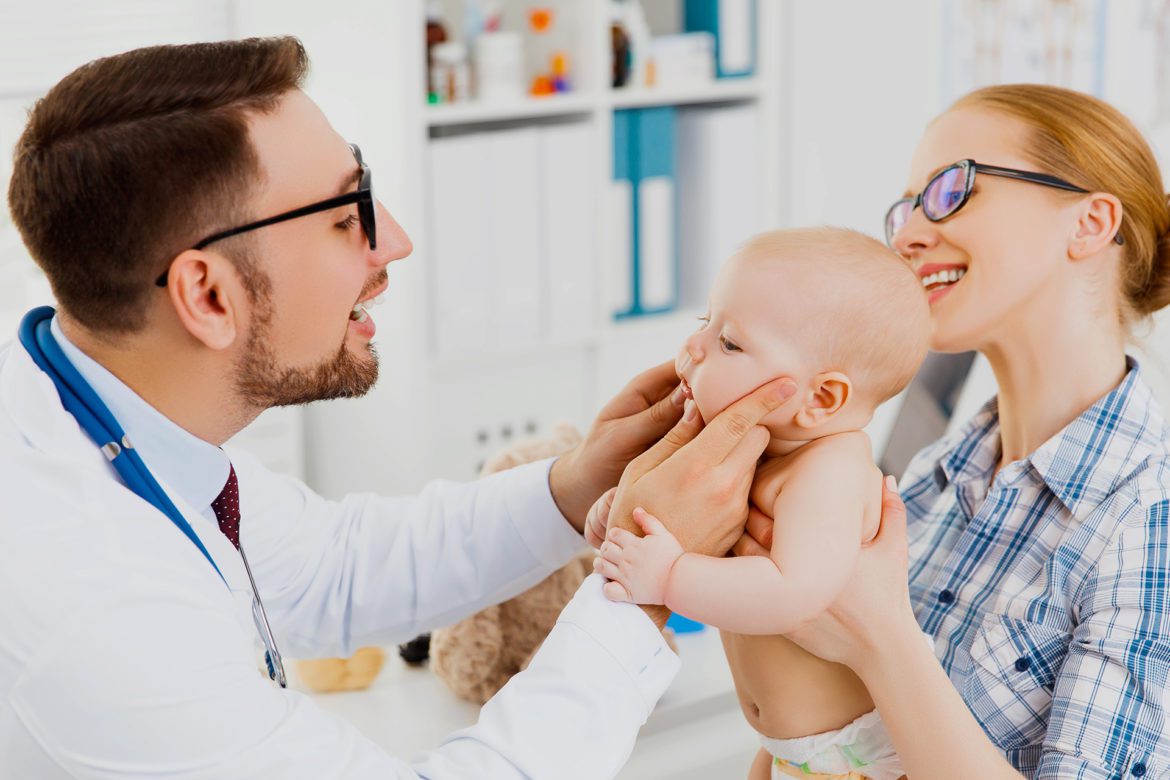Abstract
Background
Children with cleft lip and palate (CLP) often face physical and emotional challenges impacting their quality of life. This study aims to assess the treatment outlook and concerns of school-going CLP patients from the perspective of pediatric dentistry in a tertiary healthcare setting in North India.
Methods
A cross-sectional, questionnaire-based study was conducted on 30 patients undergoing appliance therapy for CLP. The questionnaire, available in English and regional languages, included sections on general information, treatment, aesthetic, functional, and emotional aspects. Responses from children and their parents were analyzed, with chi-square tests used to evaluate associations between variables.
Results
Among participants, 76.6% were referred to pediatric dentists by surgeons, and 66.7% of those aged over 12 years had been receiving dental treatment for more than three years (P = 0.031). Dissatisfaction with facial appearance was reported by 56.7% of participants, with significant speech dissatisfaction noted particularly among children under 12 years (66.7%, P = 0.020). Emotional and social challenges included 56.7% struggling with oral recitation at school, affecting 75% of adolescents (P = 0.098). Furthermore, 46.7% expressed reduced confidence with intraoral appliances, especially males (53.3%).
Conclusions
This study highlights the crucial role of pediatric dentists in the comprehensive care of children with CLP, emphasizing the need for personalized dental treatment and interdisciplinary collaboration. Addressing functional and emotional well-being is essential to improve overall outcomes and quality of life for these patients.
Introduction
Cleft lip and/or palate (CLP) is one of the most common congenital anomalies affecting the craniofacial region, characterized by an opening or split in the upper lip and/or the roof of the mouth. Management of CLP is complex and requires long-term, multidisciplinary care that often extends from infancy through adolescence and into young adulthood [1, 2]. The primary goals of CLP treatment are to facilitate normal craniofacial growth, achieve functional orofacial closure, and improve the patient’s ability to communicate effectively, focusing on speech, hearing, and facial expression, which collectively enhance social interaction and quality of life [2].
A comprehensive care team includes surgeons, orthodontists, speech therapists, and pediatric dentists, all dedicated to delivering both functional and aesthetic outcomes to foster an improved quality of life for patients [3]. Pediatric dentists play a crucial role in the CLP care team by providing essential dental and oral health support, taking into account various patient and familial factors such as cultural background, socioeconomic status, prior healthcare experiences, and individual expectations. Recognizing these diverse needs is essential for delivering care that goes beyond the physical aspects of CLP to address the psychological and social dimensions of health [4].
Oral Health-Related Quality of Life has emerged as a key measure in CLP management, reflecting the importance of patient satisfaction with treatment and its effects on daily life [3]. Adolescence and young adulthood often mark critical stages for evaluating treatment success, as growth and adherence to long-term therapy typically yield more definitive outcomes [5]. During this period, patient maturity and commitment to care regimens allow clinicians to assess not only clinical improvements but also the psychosocial impacts of CLP therapy [4]. This holistic evaluation extends beyond functional and aesthetic aspects, considering the patient’s self-image, speech, social integration, and overall quality of life [3, 4].
Effective CLP care hinges on understanding and responding to the wide spectrum of patient and parental concerns, fostering collaboration and shared decision-making with the pediatric dentist and the broader healthcare team [6]. Addressing these concerns is essential for delivering comprehensive care that meets the physical, psychological, and social needs of patients with CLP [7].

